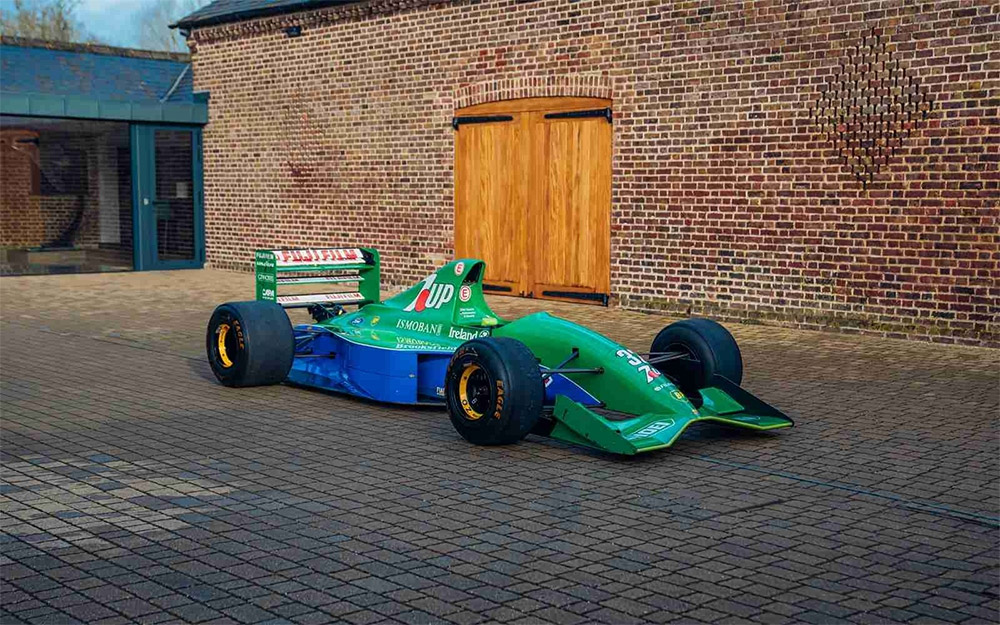When the first-ever Mustang GTD takes on the 73 curves of the Nürburgring, it will be targeting a sub-7-minute time thanks to active aerodynamic tech never before used on a street legal Ford car and illegal in GT3-class race cars.

The heart of Mustang GTD’s aerodynamic performance is its Drag Reduction System, which uses a hydraulic system that can change the angle of the rear wing and activate flaps under the front of the car to find exactly the right balance between airflow for speed and downforce for grip, depending on performance conditions.
“Every surface, body opening and vent on and under Mustang GTD’s body is functional,” said Greg Goodall, Mustang GTD chief program engineer. “Some air is directed for cooling, other for aerodynamics and downforce. All of it to help GTD go faster or stick to the pavement no matter what the conditions are.”

When Mustang GTD tackles sharp turns and grip becomes more important than speed, the DRS closes the main wing element and flap to create an integrated airfoil to generate additional downforce on the rear of the vehicle, to help the GTD go faster through turns without losing grip. At the same time, the front underbody is shaped like a keel that helps evacuate incoming air through the front wheel wells and large fender louvers to create an area of lower pressure that acts like suction to help keep the front end stable through turns.
“We actively manage where the center of air pressure is on the vehicle, so the front and rear can remain balanced,” said Goodall. “The ability to do this isn’t allowed in racing, where the rules don’t allow actively managing airflow.”

In normal street driving conditions, the body allows clearance of everyday items, like speed bumps. When maximum track performance is required, Mustang GTD’s suspension can lower the body 40 mm, further helping improve airflow over and around the body.
The Mustang GTD team continues to refine the supercar’s aerodynamics through thousands of hours of virtual airflow simulation in powerful computers and time testing on demanding road course tracks from Road Atlanta to Spa in Belgium.
“Our Le Mans drivers would love to have the technology Mustang GTD has for the track and street,” said Goodall.







